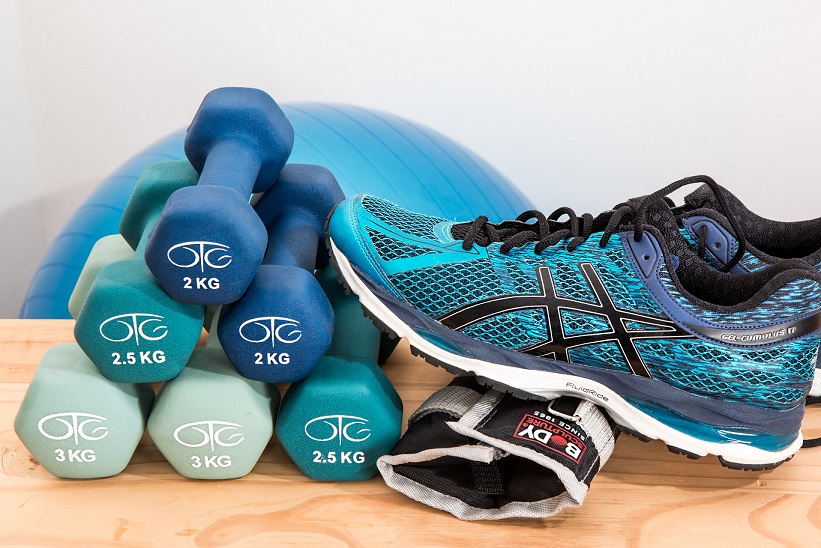While most of us want to lose weight, there are some who want to lose weight and build muscles. Where normal weight loss requires one to cut back on the calories and commit to a workout regime, building muscles on the other hand requires you to amp on the calories and exercise regularly. Confusing much? Not really!
Shedding fat and gaining muscle is no easy task, however, with the right exercise and diet, the odds may just be in your favour. When you consistently strength train and increase your protein intake as you cut calories, you create an environment in which your body builds muscle as you lose excess fat. Here’s how it’s done.
Set a goal for yourself and track your progress
Until you set a goal of how much body fat you want to lose, you are just dreaming. It needs to be specific and written down. Get real and tell yourself that you are going to do this, no matter what. Before any other step, this is the most important one. And track your progress in every 2 weeks to check your fat %, fat mass and lean mass condition. Because you really don’t want to overdo anything, right?
Eat 5-6 (or more) small meals a day
This is important in keeping your metabolism efficiently burning calories. Constantly grazing on meals every 3 hours will allow your body to burn off what it has consumed quicker and more efficiently. Eating one or two larger meals will actually cause your body’s metabolism to slow down. Skipping meals altogether will actually cause your body to store fat as a defense mechanism.
Reduce your calorie intake to lose fat
You’ll need to downsize your calorie intake to lose fat. Since 3,500 calories theoretically equals a pound of fat, subtracting 500 calories a day from your intake should help you lose a pound a week.
Avoid eating fewer than 1,200 calories per day if you are a woman or 1,800 calories per day if you are a man. Too few calories can lead to muscle loss as your body scrambles to hold onto its fat stores in the face of what it perceives as food shortage. Losing muscle is contrary to your goal of becoming stronger and more defined.
Eat a diet high in protein
To lose fat and gain lean body mass, you need to eat enough protein. A high-protein intake contributes to the preservation and growth of lean muscle when you’re reducing calories to lose weight. Aim to consume about 0.9 grams per pound of your body weight daily; for a 150-pound person, this amounts to 135 grams spread out over all your meals and snacks.
Lean meat, fish, eggs, low-fat dairy, poultry and soy are quality sources of protein. Those who consume the higher-protein diet experienced better results than participants who consumed less protein daily.
Strength train to gain lean body mass
Strength training helps you maintain lean muscles as you reduce calories and is essential to adding more muscle. If you’re brand new to weight training, start out with light weights and just two workouts per week. Do at least one set of eight to 12 repetitions of an exercise to challenge each of the major muscle groups.
Over time, work up to lifting heavier weights, performing up to six sets per muscle group and a total of six strength workouts per week. Give yourself at least 48 hours between muscle groups to allow your muscles to recover and repair.
Participate in high-intensity interval training (HIIT)
During high-intensity interval training, or HIIT, you alternate bursts of intense cardiovascular exercise with short bouts of lower intensity work. This type of exercise helps you lose fat more effectively than cardiovascular exercise performed at a steady pace. However, don’t give up completely on steady-state exercise. It does help you burn calories and keep your heart healthy, so include it on days between HIIT sessions.
Eat protein after workouts
Protein should also feature prominently in your post-workout snack. Consuming a 20-gram serving of protein from whey, meat, soy, eggs or dairy as soon as you’re done with strength training; this promotes muscle growth and repair. Good post-workout snacks also contain some carbohydrates to restore energy and to further facilitate muscle building.
Since this is an advanced level fitness regime, it’s best to consult a health specialist and workout under proper guidance to get the best results.

